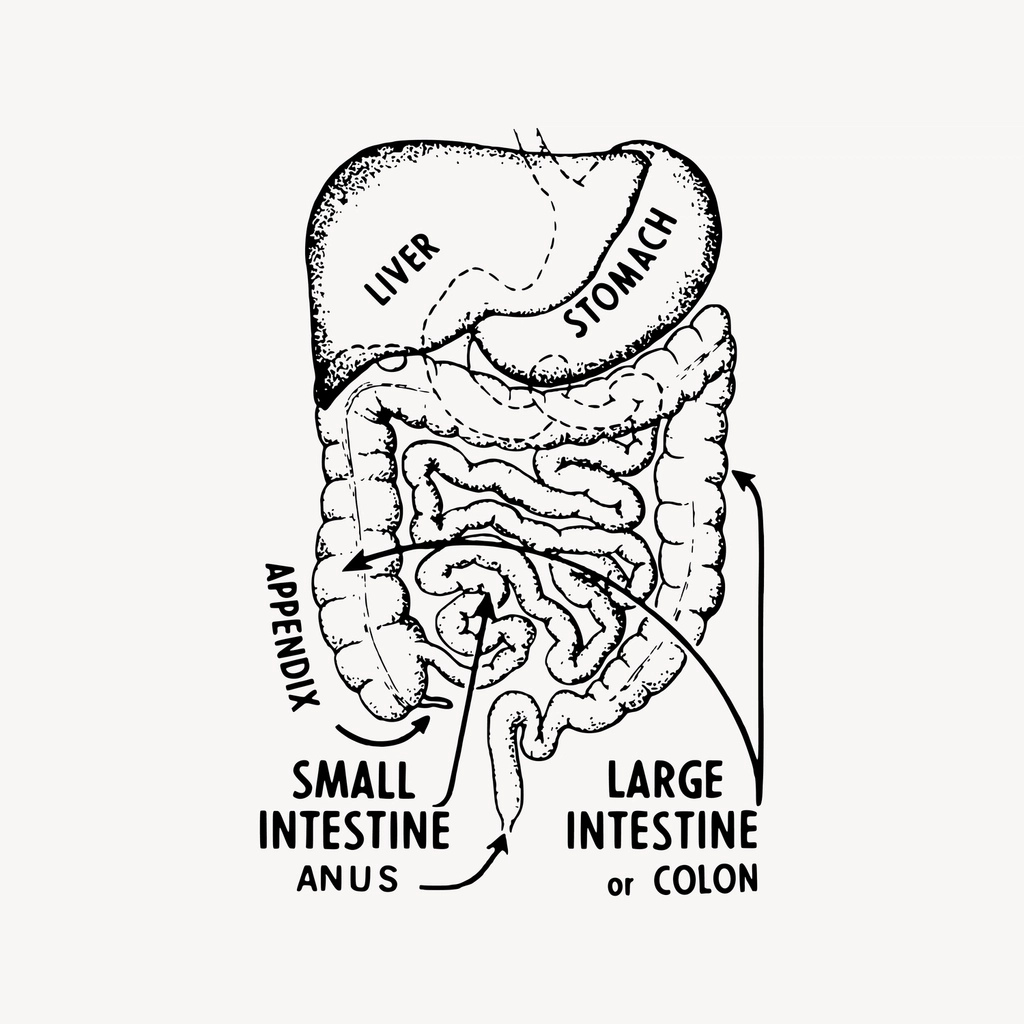“Learn about the elementary canal, its parts, and their functions. Study how this digestive system processes food, absorbs nutrients, and eliminates waste efficiently.”
The Elementary Canal: Parts and Functions Explained
- Mouth
- Pharynx
- Esophagus
- Stomach
- Small Intestine
- Large Intestine
- Rectum and Anus.
The elementary canal, also known as the digestive tract, is a long tubular structure in the human body responsible for the digestion and absorption of food. This canal is a continuous pathway starting from the mouth and ending at the anus, ensuring that food is broken down into smaller components, absorbed into the bloodstream, and waste is eliminated.
Let’s look into the parts of the elementary canal and their specific functions.
1. Mouth
The mouth is the entry point of the elementary canal.
Functions
- Ingestion: Food enters the body through the mouth.
- Mechanical digestion: Teeth chew and break food into smaller pieces.
- Chemical digestion: Salivary glands release saliva containing enzymes like amylase, which begins the breakdown of carbohydrates.
- Swallowing: The tongue helps mix the food with saliva and pushes it toward the pharynx for swallowing.
2. Pharynx
The pharynx is a muscular passage connecting the mouth to the esophagus.
Functions
- Acts as a pathway for both food (to the esophagus) and air (to the trachea).
- Prevents food from entering the respiratory system through the epiglottis, a flap-like structure that closes the trachea during swallowing.
3. Esophagus
The esophagus is a long muscular tube that connects the pharynx to the stomach.
Functions
- Peristalsis: Rhythmic contractions of muscles push the food toward the stomach.
- Ensures smooth passage of food through a lubricating mucus layer.
4. Stomach
The stomach is a J-shaped muscular organ located in the upper left abdomen.
Functions
- Storage: Temporarily stores food.
- Mechanical digestion: Churns food using muscular contractions.
- Chemical digestion: Secretes gastric juice containing hydrochloric acid and the enzyme pepsin to break down proteins.
- Converts food into a semi-liquid substance called chyme.
5. Small Intestine

The small intestine is a long, coiled tube divided into three parts: the duodenum, jejunum, and ileum.
Functions
- Duodenum: Receives bile from the liver and pancreatic enzymes to digest fats, carbohydrates, and proteins.
- Jejunum and Ileum: Major sites for nutrient absorption into the bloodstream through finger-like projections called villi.
Students are also studying – Small Intestine and its functions, anatomy and role in digestion
6. Large Intestine
The large intestine is a wider but shorter tube that includes the cecum, colon, rectum, and anus.
Functions:
- Absorbs water, electrolytes, and minerals.
- Converts undigested food into feces.
- Hosts beneficial bacteria that produce vitamins like Vitamin K.
Students are also studying – The functions of the large intestine and its anatomy
7. Rectum and Anus
The rectum stores feces, and the anus is the opening through which waste leaves the body.
Functions
- Rectum: Acts as a temporary storage site for feces.
- Anus: Controls the expulsion of waste through sphincter muscles.
The elementary canal is a remarkable system that ensures our body gets the nutrients it needs while efficiently eliminating waste. Each part plays a crucial role in the process of digestion, making it a well-coordinated and vital system for our overall health and survival.
In summary
The elementary canal, or digestive tract, is a continuous tube responsible for digestion, nutrient absorption, and waste elimination. It includes:
- Mouth: Ingests food, chews it, and begins digestion with saliva.
- Pharynx: Directs food to the esophagus and prevents choking.
- Esophagus: Transports food to the stomach via peristalsis.
- Stomach: Stores food, churns it, and digests proteins using gastric juices.
- Small Intestine: Completes digestion and absorbs nutrients through villi.
- Large Intestine: Absorbs water, forms feces, and hosts beneficial bacteria.
- Rectum and Anus: Stores and eliminates waste.
This system ensures the body gets essential nutrients and eliminates waste effectively.
Revision Questions for Students
- What is an elementary canal?
- Outline the parts of elementary canal listed above.
- State each functions of the parts of elementary canal.
